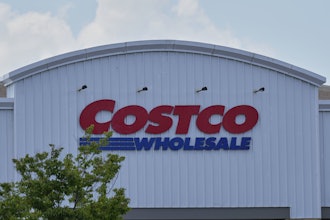The last few years have been tough on poultry. Avian Influenza has claimed the lives of over one hundred million birds, between precautionary culling and actual infection. Now it seems that even the pet food recall has touched the lives of poultry. The USDA and FDA have reported that byproducts from pet food manufactured with contaminated wheat gluten imported from China have been used in chicken feed on some farms in Indiana.
At the time of the investigation, approximately 30 broiler poultry farms and eight breeder poultry farms in Indiana had received feed contaminated with melamine in early February and fed it to poultry. All of the broilers believed to have been fed contaminated product have since been processed and, thus, have entered the food supply. Although the FDA and USDA believe the likelihood of illness after eating chicken fed the contaminated product is very low, the breeders that were fed the contaminated product are under voluntary hold by the flock owners.
The FDA reports that because there is no evidence of harm to humans associated with consumption of chicken fed the contaminated product, no recall of poultry products processed from these animals is being issued.
However, these reports are the latest in the widening scandal that started out with a few sick pets and has grown into an issue that has exposed significant gaps in the nation's food safety system. And the key question now revolves around what steps need to be taken to close those gaps.
The FDA has responded in part with the creation of the position of Assistant Commissioner for Food Protection, naming David Acheson, M.D to the post. His job is to provide advice and counsel to the commissioner on strategic and substantive food safety and food defense matters. The FDA reports that Acheson's first project will be to develop a visionary strategy for food safety and defense. The strategy is expected to characterize changes in the global food safety and defense system, and identify current and future challenges and opportunities. It also is intended to identify potential barriers and gaps, and access the most critical needs in a food safety and defense system.
The situation, however, seems to be surrounded by skepticism, as the effectiveness of a new strategy and a new leader is limited without increased funding for the program and authority to enforce its provisions.
We are dealing with more than a little bad luck for chickens here. When it comes to human life and protecting our food supply, even the smallest misstep can prove to be catastrophic. This pet food recall has opened America’s eyes and exposed major weaknesses in the system. Now, let’s hope this heightened awareness also has prompted government, industry and the general public to work together to implement an effective solution.
To share your comments about this article, please send an e-mail to Karen Langhauser, Editor-in-Chief, at [email protected].


















